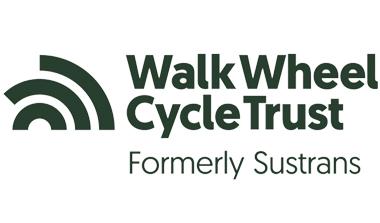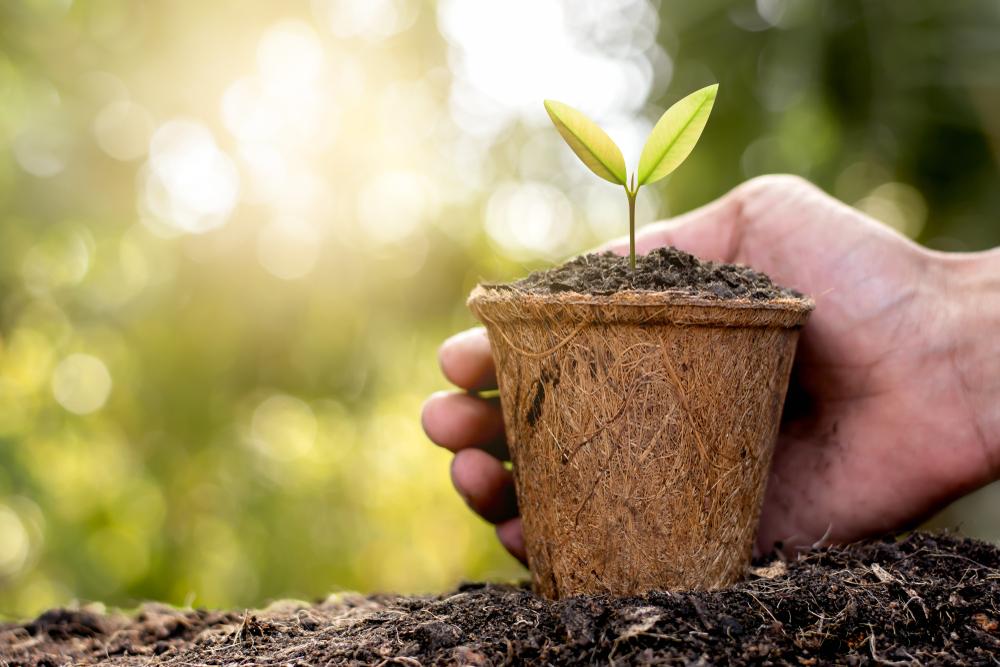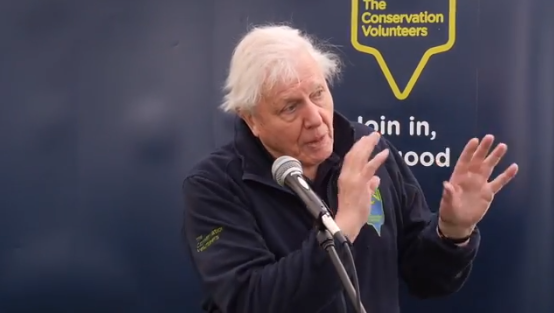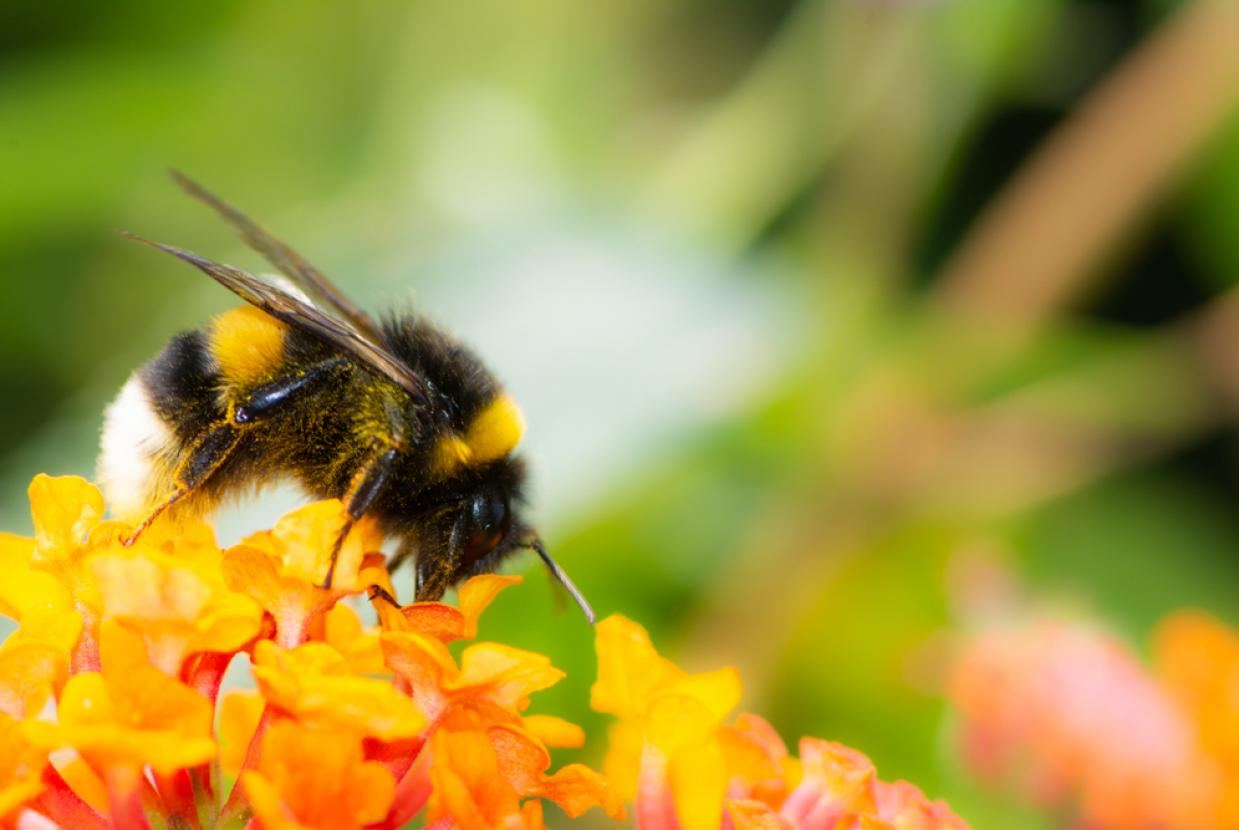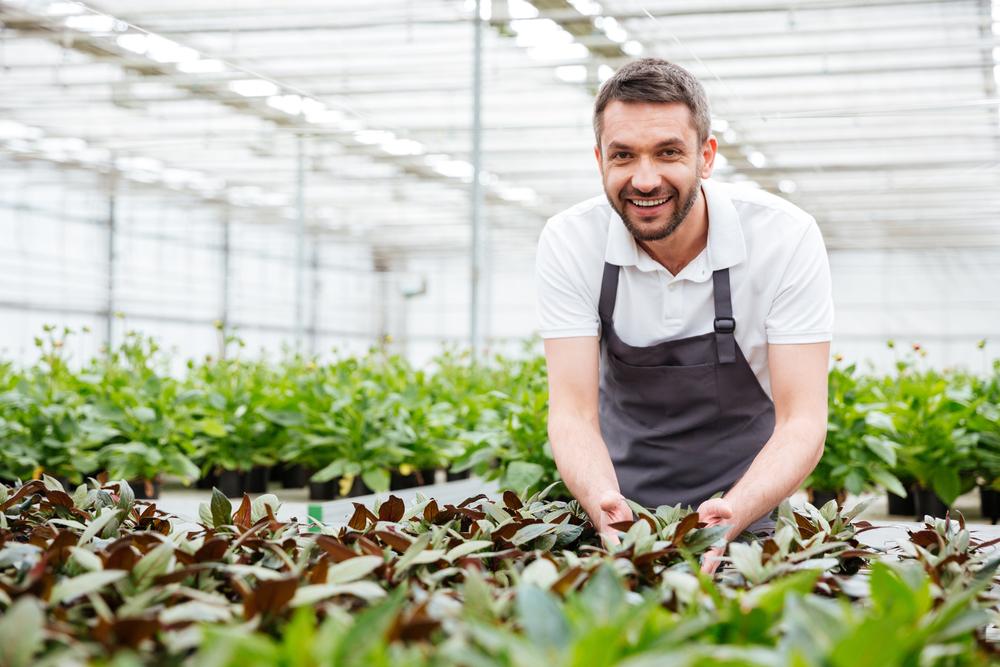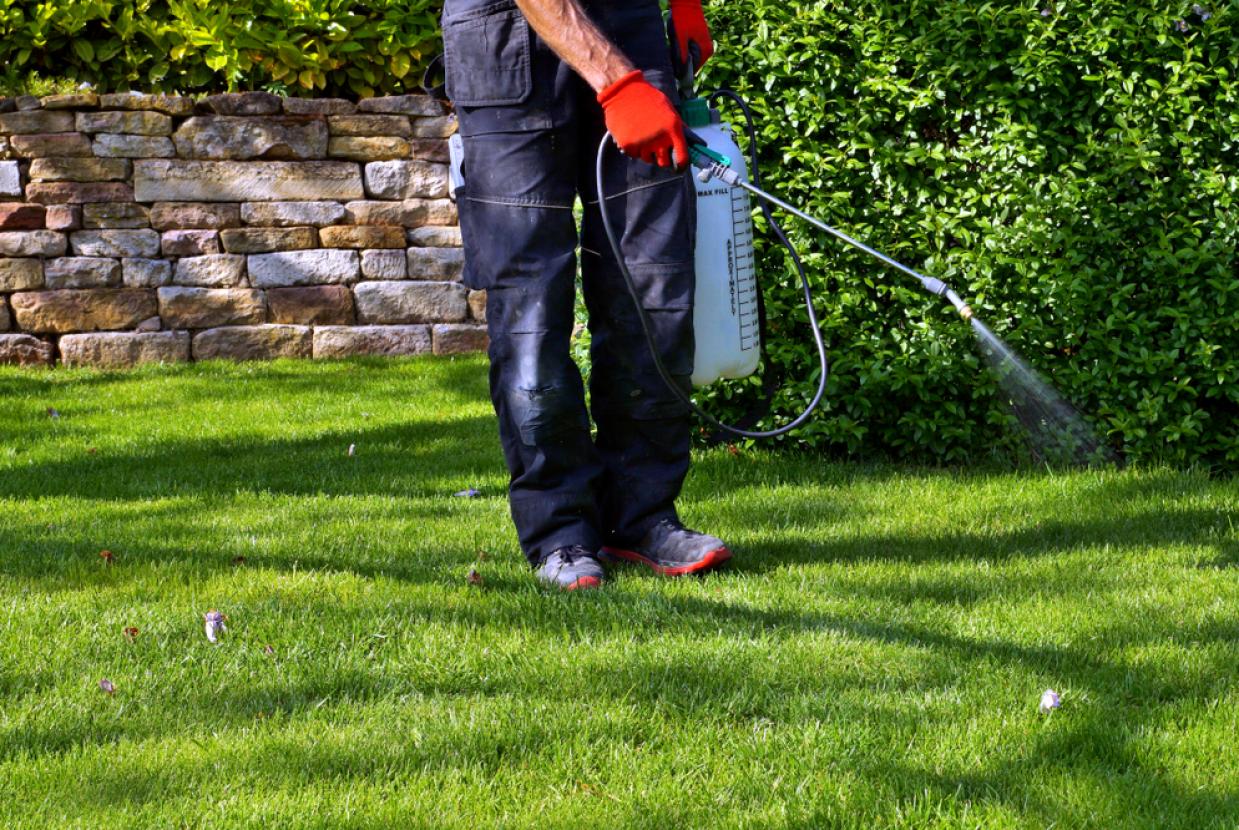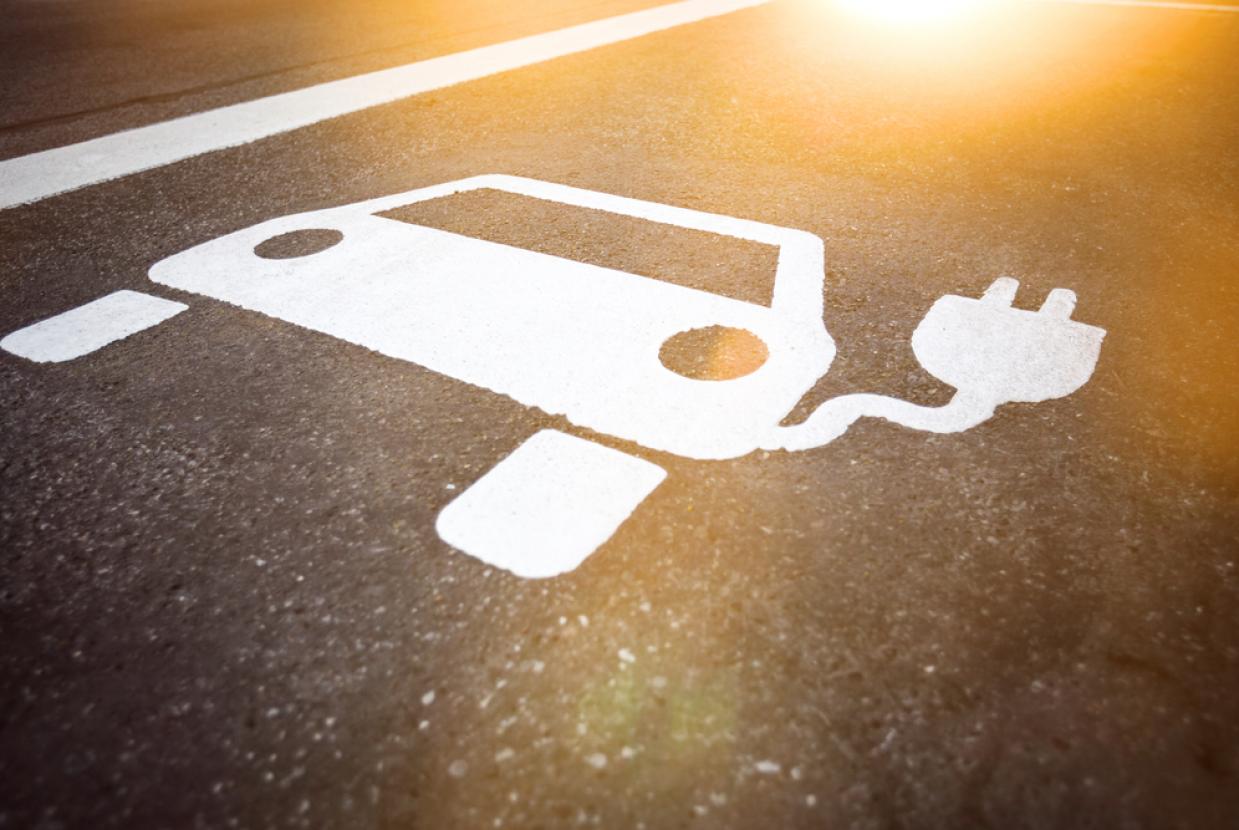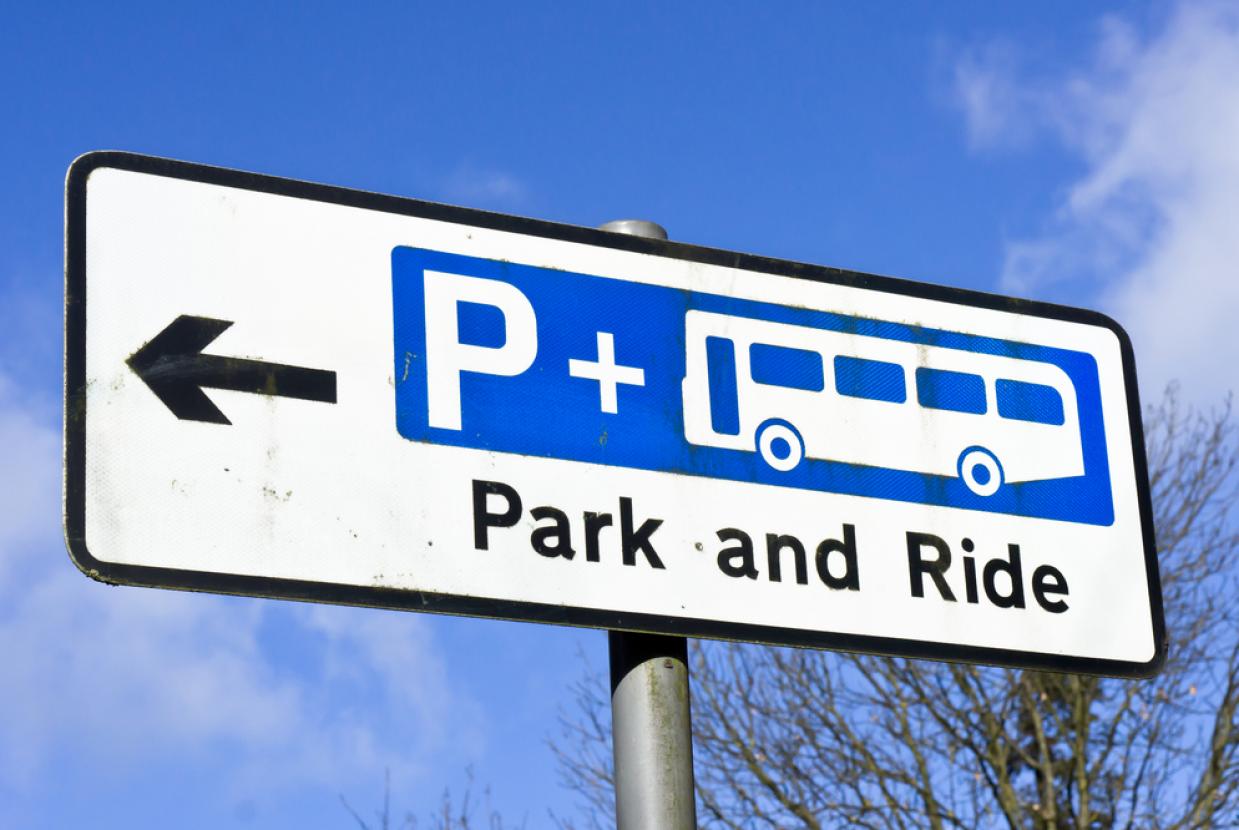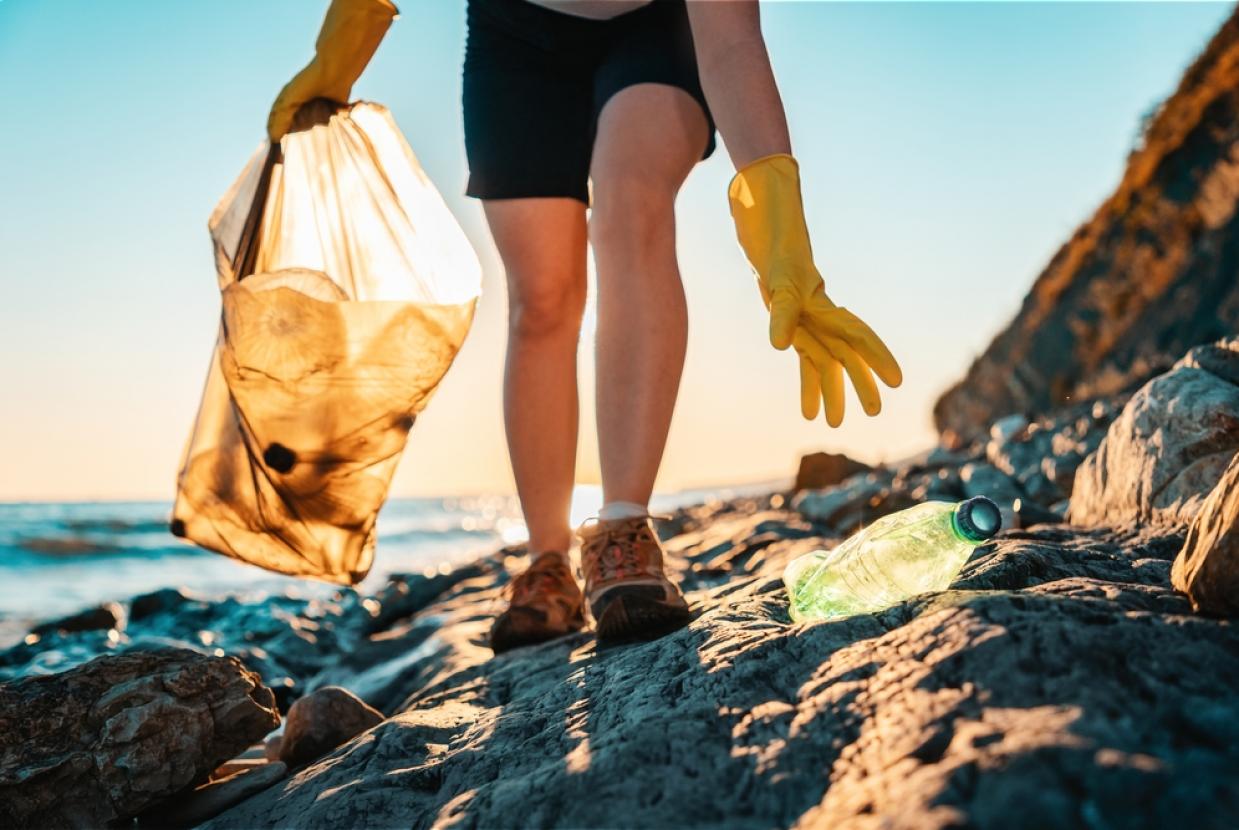5 Things You Can Do To Help Protect The Environment
ConservationProtecting our environment is more important than ever. And changing the way we travel is an easy way we can all help. But what else can we do locally to make a difference? Here are five easy ways you can help look after your community and the world around us.
Research shows that climate change is already having an impact on the health and safety of our everyday lives.To help reduce the effects of climate change, we need to limit the emissions that come from fossil fuels like oil, carbon and natural gasses. This is because they contain Carbon Dioxide (CO2) which traps heat into our atmosphere.
And the warmer our atmosphere gets, the harder it is for us to live in a healthy and happy way.
How can walking and cycling help the environment?
Transport accounts for over a quarter of the UK’s emissions. And if the UK continues as it has done, transport CO2 emissions are predicted to rise.The Department for Transport says that we can reduce CO2 by 60% in the UK’s domestic transport sector by 2030. But only if we all quickly change the way we travel.
Choosing to walk and cycle more of our day-to-day journeys is an easy way to help protect our environment.
But there are also other things we can do to help protect the planet.
5 practical things you can do in your local area to help protect the environment
1. Walk, cycle or scoot more of your everyday trips
Why not start by cycling, walking and scooting to school or work?
These are all good for the environment because they're all eco-friendly ways to travel.
By not using a car, you won't be burning any fossil fuels on your journey. The only fuel you’ll need is your breakfast.
An active commute has loads of other great benefits too. It helps keeps your body fit and can be good for your mental health.
And you’ll often save time and money in the long-run.
If you haven’t tried it before, you’ve probably got some questions about how to begin. But with a little preparation, you can enjoy a healthier way to travel.
2. Encourage your friends and family to cycle or walk more too
When you walk and cycle more, you'll see the benefits to your body and mood. And those around you will start to see them too.
That might inspire your friends, family and colleagues to give it a go themselves.
As more people switch to cycling or walking, we’ll see a bigger demand for better access to safe, traffic-free routes.
So why not encourage people to give it a go?
You can ask your local school if they have plans which encourage children and staff to walk, scoot and cycle to school.
Or see if there are any bike training sessions and cycling events in your area to help those getting started.
You can also become a bike buddy. If you like cycling to work and know a colleague who's thinking of trying it too, invite them to join you on your daily cycle commute.
Having someone to cycle with will give them the confidence they need to keep it up.
3. Cut down your plane rides and enjoy a staycation
Flying is a big contributor to carbon emissions. Reducing the number of times we fly on aeroplanes is a great way we can help protect our environment.
So why not reduce your air miles and enjoy a holiday in the UK?
There are plenty of interesting and beautiful places to visit. And you'll find loads of historical sites and natural wonders to explore on the National Cycle Network.
Plan a day-long adventure, challenge yourself to a long-distance bike ride, or split the routes up into shorter days for a more leisurely active break.
Please remember to follow your local Covid-19 guidelines on travel and social distancing.
4. Tidy up your local area
You can run regular litter picks in your community. Or talk to your council about installing a community garden and grow some fresh fruits, herbs or veggies.
And if you've got a National Cycle Network route in your area, you can help make sure it's a safe space for everyone.
Next time you're out on a ride or walk on your local route, you can pick up a few bits of litter.
Or you could give a grubby National Cycle Network sign a wipe down. And if you spot any big problems on the Network, please report it to your local authority and let your nearest Sustrans office know too.
5. Talk to your local community about going greener
Get your community involved in changes being made in your area. That way, everyone gets a say in how you can all come together to protect the planet and improve your neighbourhood.
Why not talk to local schools about closing the road outside the school gate to motor traffic?
Our School Streets programme tackles the congestion, poor air quality and road safety concerns that many schools experience.
You can also talk to your council about introducing a Low Traffic Neighbourhood in your local area.
A Low Traffic Neighbourhood greatly reduces motor vehicle traffic on residential streets. And this creates more space to safely walk and cycle. So get together with your community and ask your local authority to consider doing a consultation for a Low Traffic Neighbourhood in your area.


